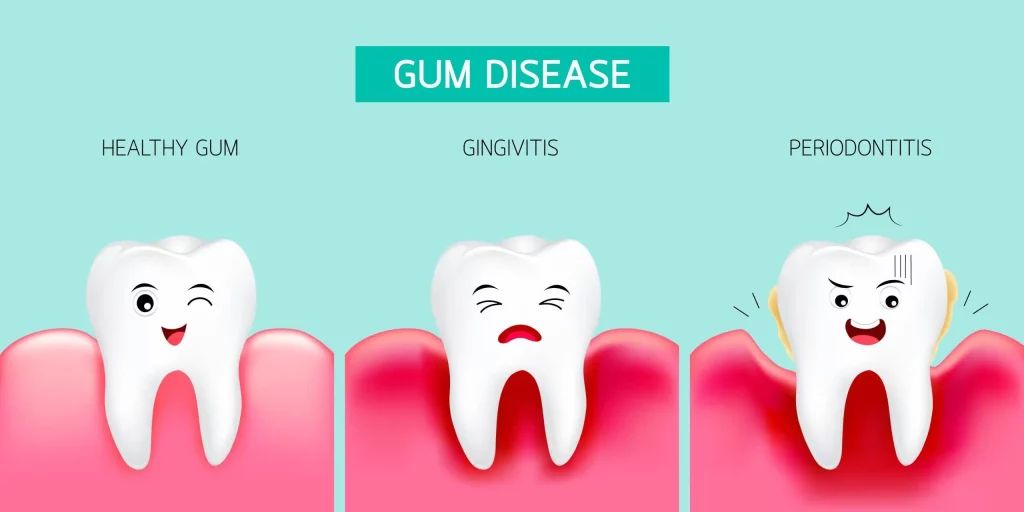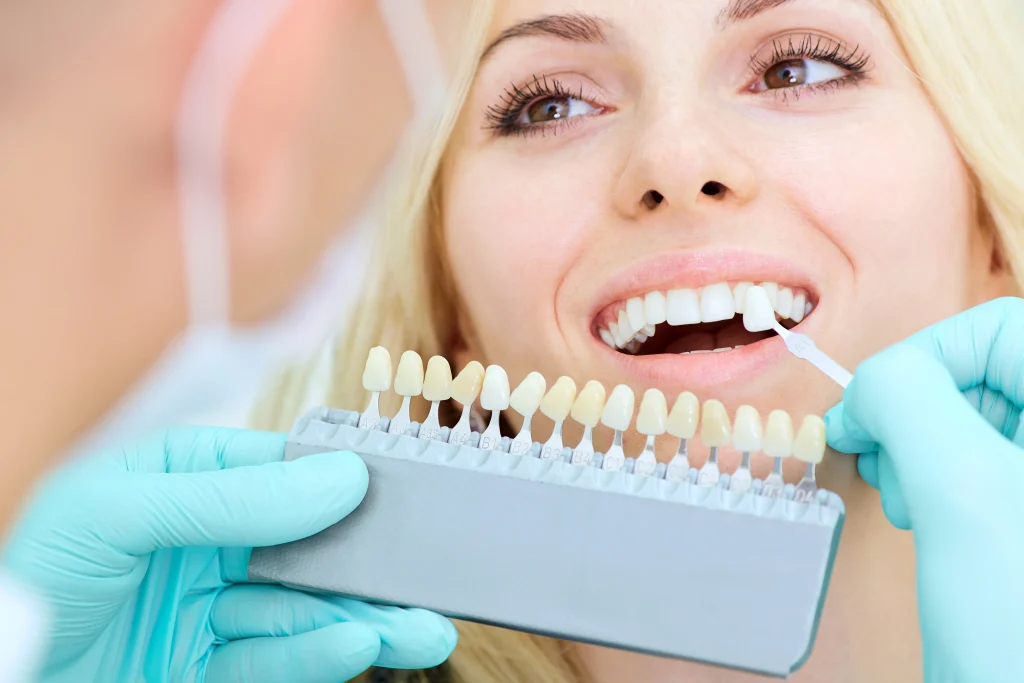Here’s the article focusing on preventive measures for cavities and gum disease:
Preventive Measures for Cavities and Gum Disease: A Comprehensive Guide to Oral Health
Introduction:

Maintaining optimal oral health is essential for a radiant smile and overall well-being. Cavities and gum disease are two common dental issues that can cause discomfort, affect oral function, and compromise dental aesthetics. Fortunately, preventive measures can help reduce the risk of these conditions and promote long-term oral health. In this comprehensive guide, we’ll explore effective strategies for preventing cavities and gum disease.
Part 1: Understanding Cavities
- What are Cavities?: Cavities, also known as dental caries or tooth decay, are areas of damage on the surface of teeth caused by bacterial activity. They result from the interaction of bacteria, sugars from food, and acids produced by bacterial fermentation.
- Causes of Cavities: Cavities develop when bacteria in the mouth produce acids that dissolve the minerals in tooth enamel. Factors such as poor oral hygiene, frequent consumption of sugary foods and drinks, and inadequate fluoride exposure can increase the risk of cavities.
- Signs and Symptoms: Common signs of cavities include toothache, sensitivity to hot, cold, or sweet foods, visible holes or pits in the teeth, and dark spots on the tooth surface. Early detection and treatment are essential for preventing cavities from progressing and causing further damage.
Part 2: Preventive Measures for Cavities
- Maintain Good Oral Hygiene: Brushing your teeth at least twice a day with fluoride toothpaste and flossing daily help remove plaque and food particles from the teeth and gums, reducing the risk of cavities.
- Limit Sugary Foods and Drinks: Sugary foods and beverages fuel the growth of cavity-causing bacteria in the mouth. Limiting consumption of sugary snacks and drinks, especially between meals, can help prevent cavities.
- Use Fluoride Products: Fluoride strengthens tooth enamel and helps protect against cavities. Use fluoride toothpaste, mouthwash, and professional fluoride treatments as recommended by your dentist.
- Chew Sugar-Free Gum: Chewing sugar-free gum after meals stimulates saliva production, which helps neutralize acids in the mouth and remineralize tooth enamel, reducing the risk of cavities.
- Drink Water: Water helps rinse away food particles and bacteria from the mouth, maintaining oral hygiene and reducing the risk of cavities. Drink fluoridated water to further support tooth enamel strength.
Part 3: Understanding Gum Disease

- What is Gum Disease?: Gum disease, also known as periodontal disease, is an inflammatory condition that affects the tissues surrounding and supporting the teeth. It begins with gingivitis, characterized by red, swollen gums that bleed easily, and can progress to periodontitis if left untreated.
- Causes of Gum Disease: Gum disease is primarily caused by the accumulation of plaque, a sticky film of bacteria that forms on the teeth and gumline. Factors such as poor oral hygiene, tobacco use, hormonal changes, and certain medical conditions can increase the risk of gum disease.
- Signs and Symptoms: Symptoms of gum disease include swollen, tender, or bleeding gums, persistent bad breath, receding gums, loose teeth, and changes in the fit of dentures. Prompt treatment is essential to prevent gum disease from advancing and causing irreversible damage.
Part 4: Preventive Measures for Gum Disease
- Practice Good Oral Hygiene: Brushing your teeth twice a day and flossing daily help remove plaque and prevent gum disease. Use a soft-bristled toothbrush and gentle, circular motions to avoid damaging the gums.
- Regular Dental Check-ups: Routine dental exams and cleanings are crucial for detecting early signs of gum disease and preventing its progression. Your dentist can assess your oral health and provide personalized recommendations for gum disease prevention.
- Quit Smoking: Tobacco use is a significant risk factor for gum disease. Quitting smoking or using tobacco products can significantly reduce your risk of developing gum disease and improve your overall oral health.
- Eat a Balanced Diet: A diet rich in fruits, vegetables, whole grains, and lean proteins provides essential nutrients for gum health. Avoiding sugary snacks and beverages helps prevent plaque buildup and reduces the risk of gum disease.
Conclusion:
Preventing cavities and gum disease requires a combination of good oral hygiene practices, healthy lifestyle choices, and regular dental care. By following these preventive measures and prioritizing your oral health, you can enjoy a lifetime of healthy teeth and gums. Remember, early detection and intervention are key to maintaining optimal oral health and preventing dental problems from escalating. Make oral health a priority today for a brighter, healthier smile tomorrow!

This article provides an in-depth exploration of preventive measures for cavities and gum disease, offering valuable insights and practical tips for maintaining optimal oral health!

